TISTR and Songkhla alliances (Songkhla Province, Ranot District, Ban Khao Sub-district Administrative Organization, Surat Thani Rajabhat University, Prince of Songkhla University, and Ban Khao Moo 2 Community) joined the 1 year project of ‘community capacity building and GHG emission management by water supply production from rainwater’, aiming to provide sufficient clean and quality water to the communities, enhance their quality of life, support low carbon society and find pilot communities/areas for water supply production unit installation equipped with green technologies to reduce GHG emission. The project is supported by the Program Management Unit on Area Based Development (PMU A).
As the system does not resort chemicals in a sedimentation process, as well as, the amount of raw water is reduced in a water supply production process, local government agencies/communities can reduce electricity and chemical costs and utilization, which are major factors of GHG emission. Also, the system provides guidelines to local government agencies/communities to invest with factories of water tanks and water filters, to expand these results of water supply production from rainwater (ready-to-drink rainwater) to other communities over the country. The local government agencies who invest in the system collect fees from users/households, to reduce water storage costs, reduce electricity and chemical costs, and solve the problem of water shortage in dry season.
Area-based data obtained from the project is used to calculate GHG emission inventory data in sub-district, district and province levels. It also encourages communities to have social and environmental responsibilities by water supply production from rainwater, reduce a number of plastic bottles, and provide guidelines for water management in low carbon cities with green technologies, according to ‘Water and Wastewater Companies for Climate Mitigation Thailand (WaCClim)’, and responding to SDG 6 ‘Clean water and sanitation’ and SDG 13 ‘Climate action’.
Ms. Patthanant Natpinit, a InnoRobot senior researcher and a project leader, informed that TISTR and Songkhla alliances successfully executed the project according to the project plan: MOU establishment for integrated collaboration (August 2022); a project plan to develop livable and low carbon cities by community water supply production from rainwater to achieve social sustainability and equality, presented to Ranot District Office and Songkhla Province; a site visit by TISTR researcher team to meet communities, to present a project plan, knowledge of GHG emission reduction according to UNFCCC COP26, and guidelines for pilot areas selection for water supply production unit installation.
Local government agencies supported technology of water supply production from rainwater and selected 7 pilot communities/areas for water supply production unit installation: 1 school and 6 households in Ranot District, Ban Khao Sub-district, Songkhla Province. TISTR and the university are knowledge leaders to transfer technology of water supply production from rainwater to the communities, including providing water quality assessment, technology feasibility assessment, health safety and health risk assessment, and economic cost-benefit analysis, to check if it is appropriate investment by the local government agencies.
The selected pilot areas of the project are in Songkhla province, because the province usually faces drought and consumption water shortage. Due to dry spell, water storage in 3 provincial reservoirs is below the criteria. In 2020, rainfall in Songkhla province is 1,300 mm, while its rainfall average is 2,300 mm. These affect people in Sating Phra District, Krasae Sin District and Ronot District. Also, salt water intrudes into the Songkhla lake; lake water cannot be used for water supply production. There are 11 sub-districts in Ronot District which face drought and consumption water shortage for a long time. Living in remote areas without technology, most people struggle to find water, so that they use their household containers to collect rainwater and use it for their daily activities, such as body shower, house cleaning. However, some people lack confidence in using rainwater due to air pollution problems, such as dust and toxic residues in open air, causing from drought in dry season and flood in rainy season. According to the Department of Health, there is only 23.29% rainwater collected by households over the country (2009 – 2018) passed quality and sanitary criteria. Most rainwater collected by households has bacterial contamination, because of poor storage management, dirty rain gutter and manure contaminated in the water.
This project, joined by TISTR and Songkhla alliances, brings STI to solve the problems of water shortage, climate change, GHG emission continuously and concretely. They also plan to expand the project results to other remote areas across the country.
If you need further information, or have any queries, or be interested in its technology transfer for commercialization, please contact, Dr. Suwit Auchariyamet, a Director of an Expert Centre of Innovative Industrial Robotics and Automation (InnoRobot), via email: suwit@administrator

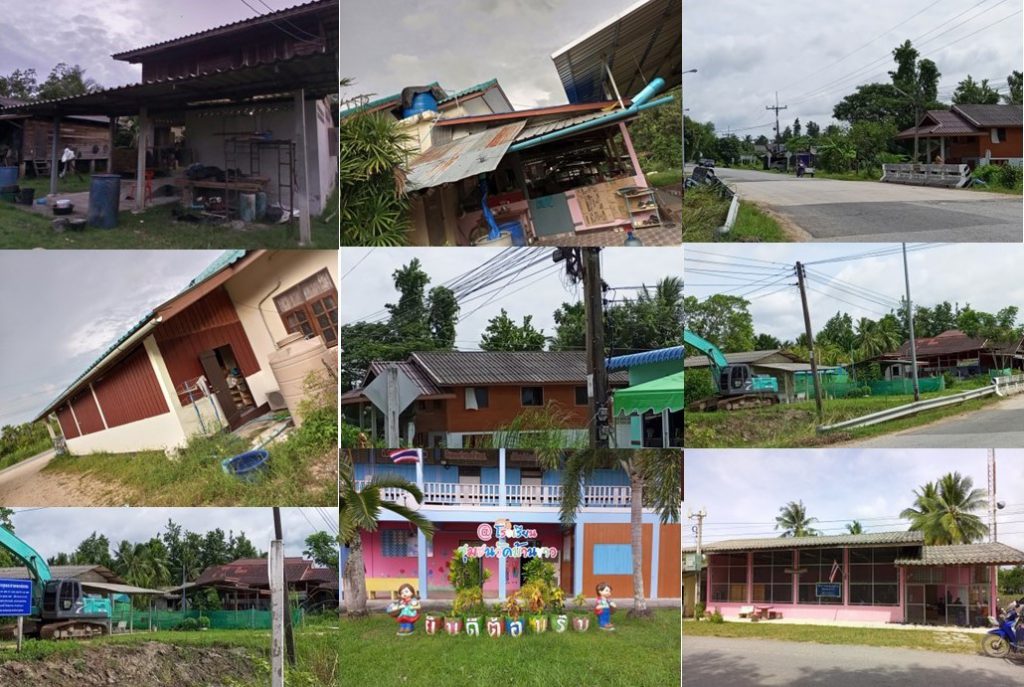
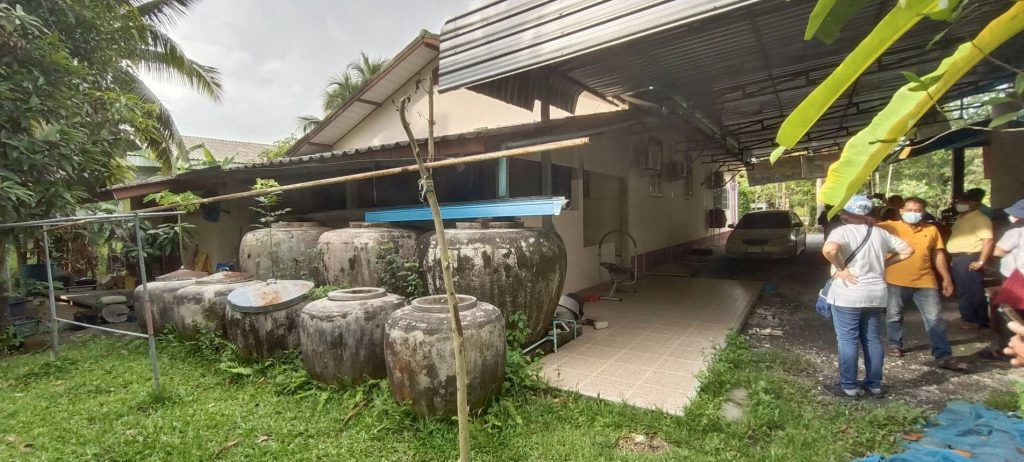
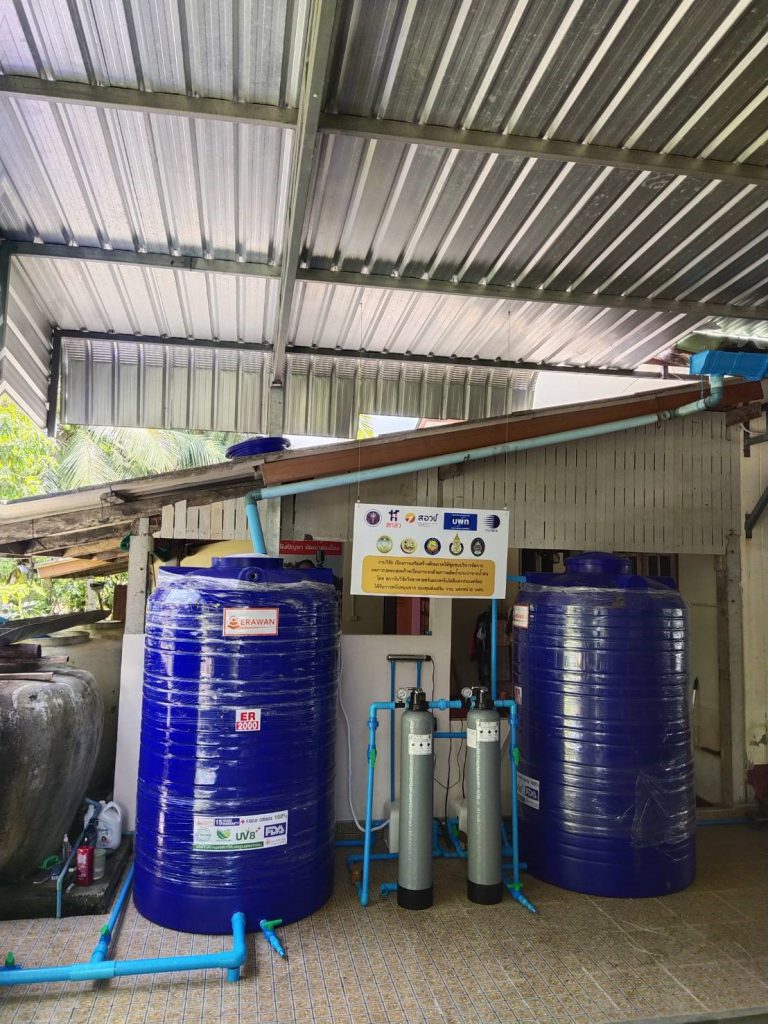
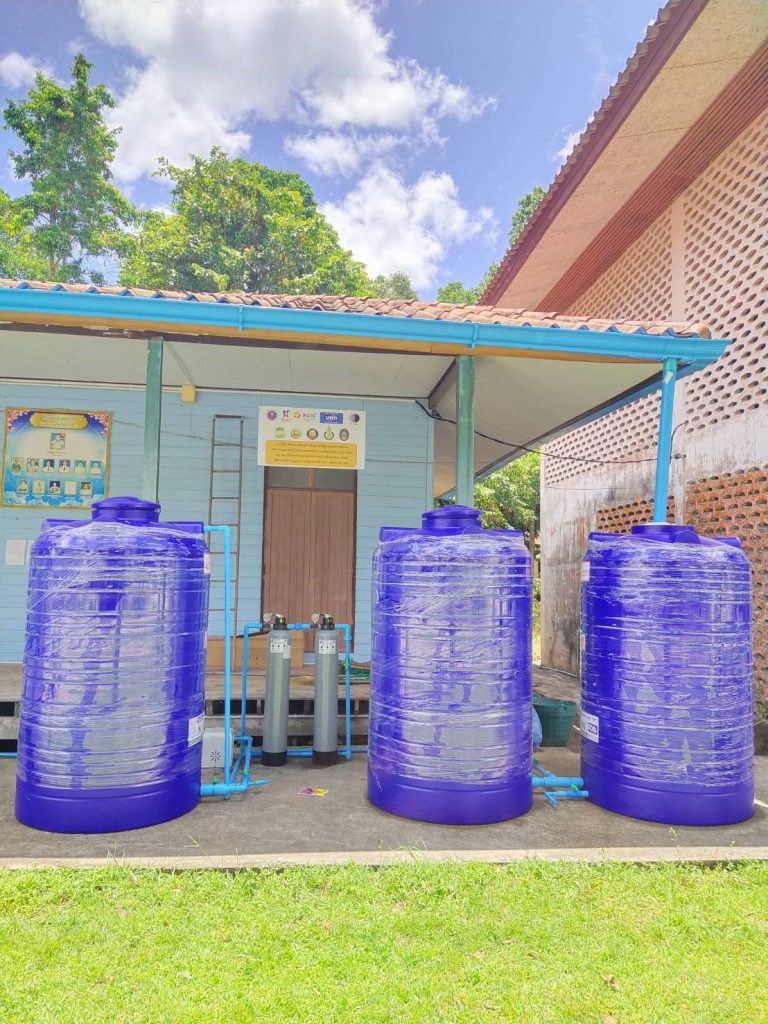
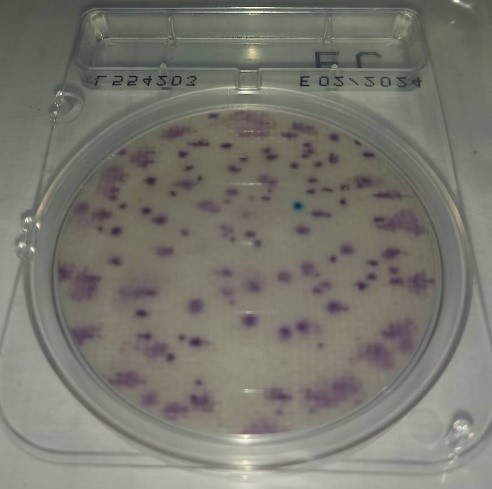
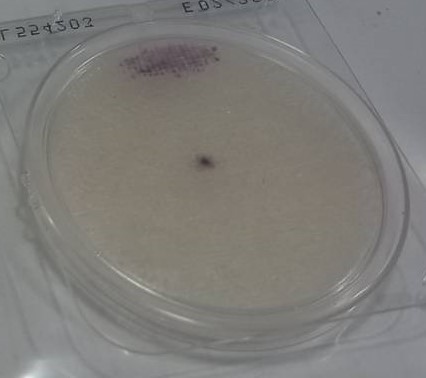
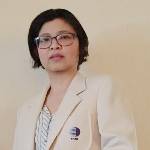
Views: 109


